Feeling Like a Human Balloon? Here’s How to Actually Fix It
Over the years, I’ve chatted with so many people who all share the same frustrating problem. They point to their stomach and describe this awful feeling of pressure, tightness, and just being… full. Like an overinflated balloon that’s about to pop. Sound familiar?
In this article
- First, Why Does This Keep Happening? The Mechanics of Bloating
- Your Bloating First-Aid Kit: What to Do RIGHT NOW
- The Rescue Day: What to Eat When You’re Already Bloated
- Long-Term Strategy: Building a Bloat-Proof Gut
- Helpful Aids: Supplements, Herbs, and Pro Tips
- Common Pitfalls & Pro Solutions
- When Bloating Is a Red Flag: Please See a Doctor
- Inspirational Gallery
This sensation, bloating, is one of the most common digestive complaints out there, and it can absolutely ruin your day. While a little bit of it is a normal part of being human, when it becomes a chronic, painful thing, it’s your body’s way of telling you something is out of whack.
So, we’re not going to mess around with flimsy quick fixes. Instead, I want to walk you through the real, professional approach to understanding and managing bloating for good. We’ll get into the nitty-gritty of why it happens, what you can do for relief right now, and the long-term strategies that actually work. This is the stuff that helps people get their lives back.
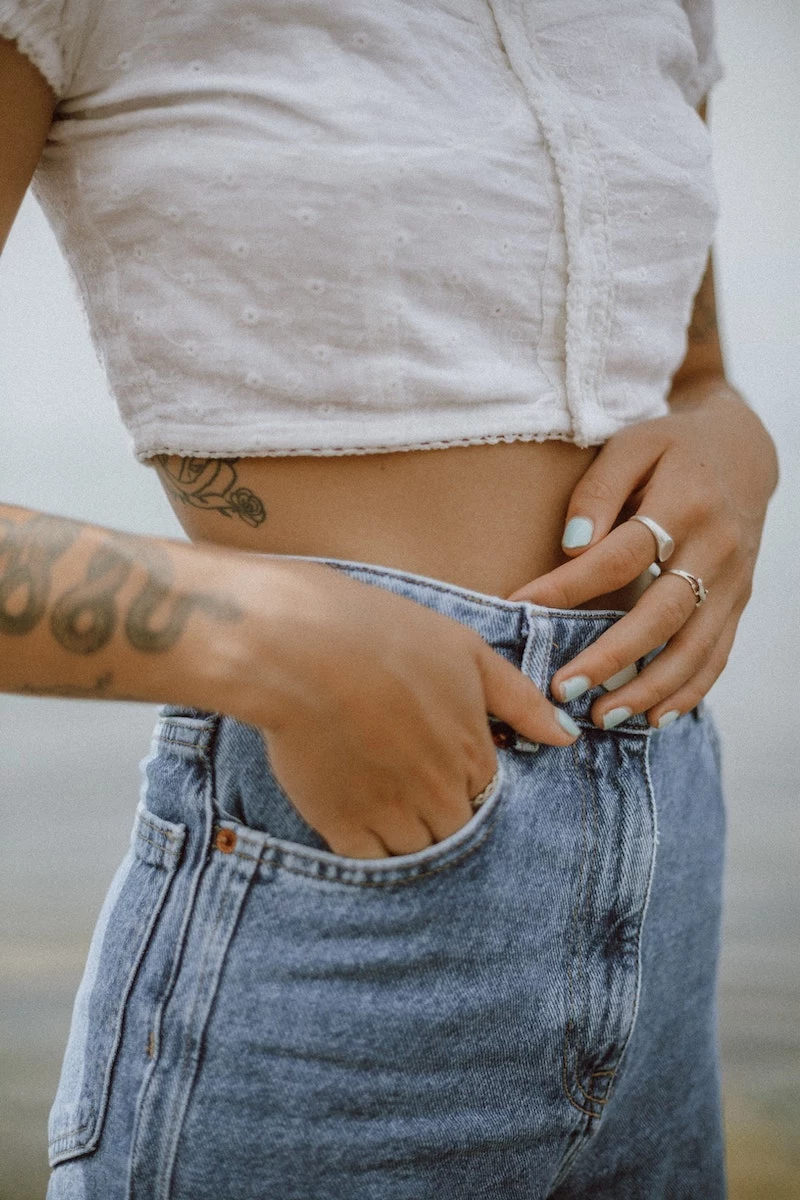
First, Why Does This Keep Happening? The Mechanics of Bloating
To fix the problem, you first have to understand it. Bloating isn’t about gaining fat or holding onto a bit of water weight. It’s almost always about gas—either making too much of it, or your body just isn’t handling a normal amount of it very well.
1. The Fermentation Factory in Your Gut
Your gut is basically a bustling city of trillions of bacteria, your gut microbiome. When you eat certain carbs that your body can’t fully break down in the small intestine, they make their way to the large intestine. Down there, your gut bacteria have a feast, and this process, called fermentation, produces gas. This is totally normal! The trouble starts when this process goes into overdrive, creating way more gas than your system can comfortably handle.
2. The Great Gas Traffic Jam
Think of your digestive tract like a highway. It needs to keep traffic moving smoothly with coordinated muscle contractions. If that movement (your gut motility) is sluggish or out of sync, gas gets trapped in pockets, causing a backup. This is a huge issue for anyone dealing with constipation—if things aren’t moving out, gas gets stuck behind the traffic jam, building up painful pressure. And stress? Oh yeah, stress is a major culprit here. It can slam the brakes on your digestion, leading to trapped gas.
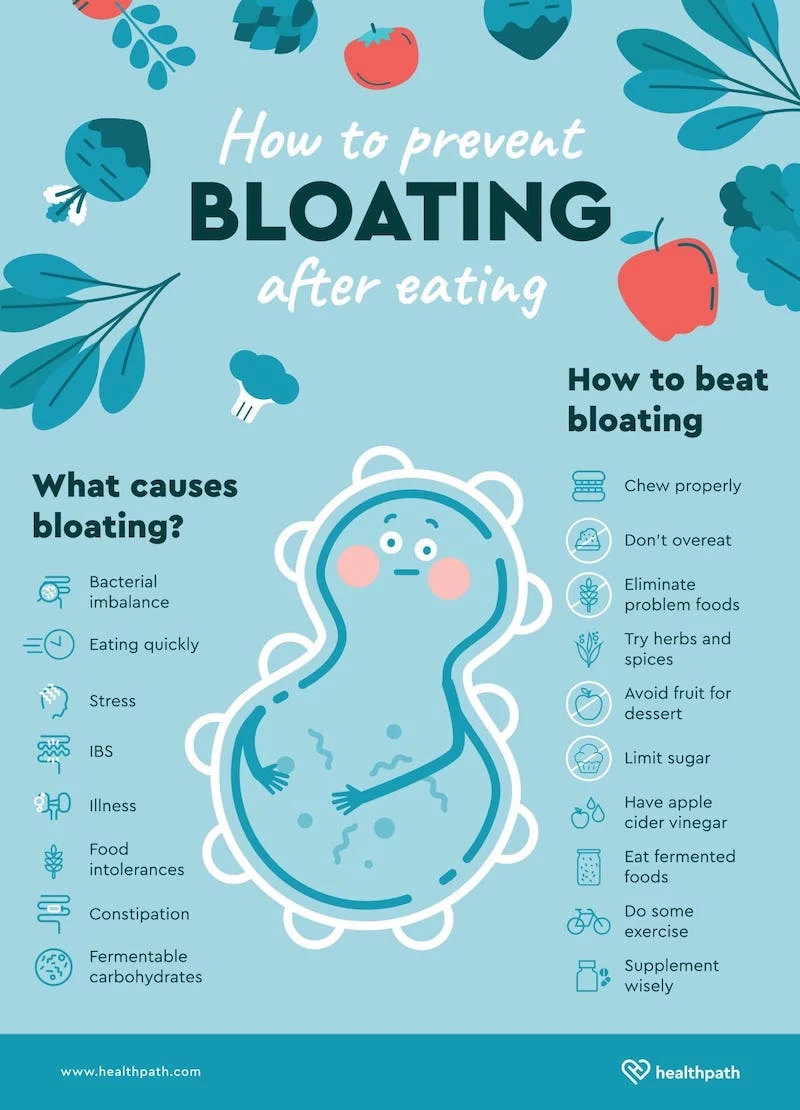
3. The Air You Didn’t Realize You Swallowed
Believe it or not, a lot of gas comes from the air we swallow. We do it without thinking when we eat too fast, talk with our mouths full, chew gum, or drink from a straw. Most of this comes back up as a burp, but some of it can travel deeper, adding to the bloating problem.
4. When Your Gut Is a Little… Extra Sensitive
This is a big one that I explain all the time. It’s called visceral hypersensitivity. For some people, the nerves in their gut wall are just extra-sensitive. A completely normal amount of gas and digestive activity, which someone else wouldn’t even notice, can feel intensely painful to them. Their brain basically gets an exaggerated pain signal. This is a classic feature of Irritable Bowel Syndrome (IBS) and highlights that powerful gut-brain connection.
Your Bloating First-Aid Kit: What to Do RIGHT NOW
When you’re in the middle of a bloat attack, you need fast relief. These are my go-to techniques for helping your body release that trapped gas and ease the discomfort.

- Sip Peppermint or Ginger Tea. Both are fantastic for soothing the gut. You can find these at any grocery store for about $4 a box.
- Grab a Hot Water Bottle. Gentle warmth on your abdomen is incredibly relaxing for cramped muscles. Just wrap it in a towel and chill out for 15-20 minutes.
- Try Some Gentle Movement. A slow, 15-minute walk can work wonders. Or, try the poses below.
- Do a Targeted Tummy Massage. Don’t just rub randomly! You want to follow the path of your colon to gently push gas along. Start on your lower right side, massage up towards your right ribs, then across to your left ribs, and finally down your left side. Use firm but gentle pressure for about 5-10 minutes. Heads up: If you feel any sharp pain, stop immediately.
For more specific movements, these two are game-changers:
• Wind-Relieving Pose: Lie on your back, pull both knees to your chest, and give them a hug. Rocking gently side-to-side can help compress the abdomen and encourage gas to move along. Hold it for a minute or two.
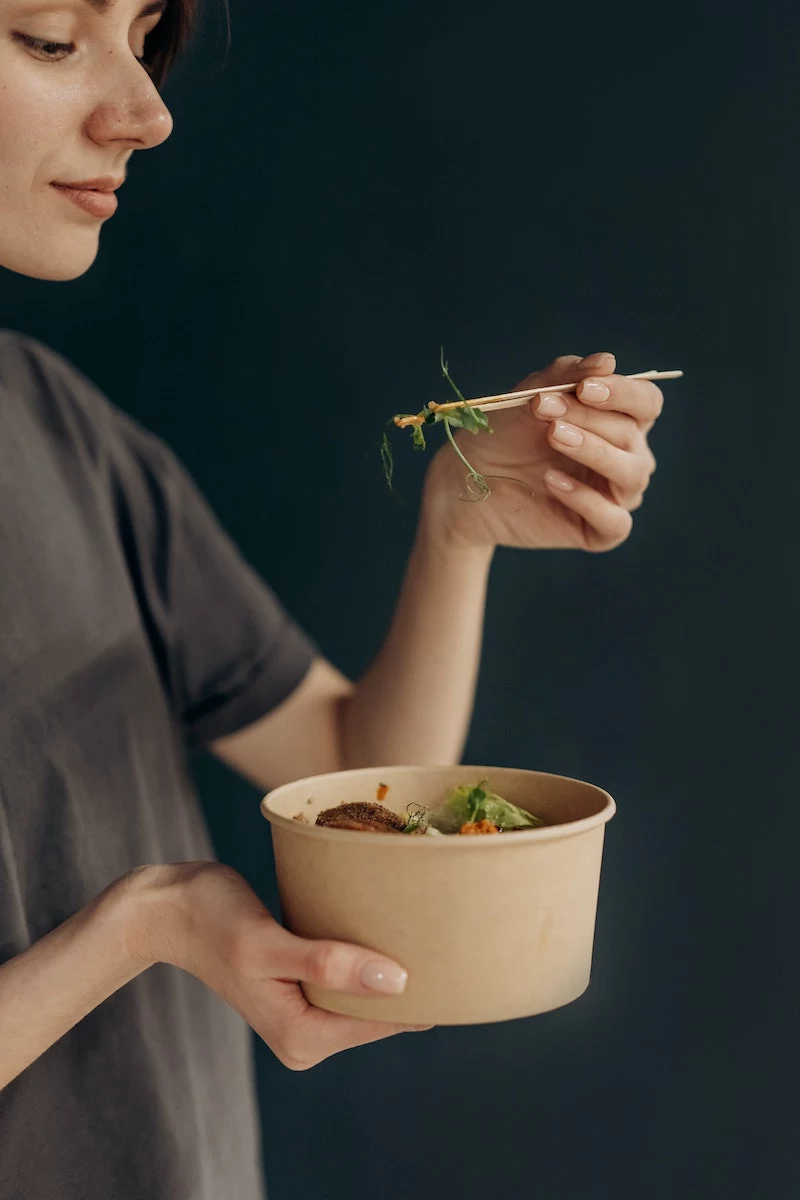
• Cat-Cow Stretch: On your hands and knees, inhale as you drop your belly and look up. Then, exhale as you round your spine and tuck your chin. This movement is like a gentle internal massage for your organs.
The Rescue Day: What to Eat When You’re Already Bloated
Okay, so you’re feeling awful and the last thing you want to do is eat something that makes it worse. Here’s a super simple, go-to ‘rescue meal’ plan for a day when you need to be kind to your gut.
The goal is simple, well-cooked, and low-gas foods. Think:
- Breakfast: A bowl of plain oatmeal made with water, with half a mashed banana stirred in.
- Lunch: Some plain, baked or grilled chicken breast with a side of white rice and well-cooked carrots.
- Dinner: A piece of baked salmon with a baked potato (no skin) and some steamed spinach.
- Snacks: A ripe banana or a small bowl of plain applesauce.
- Drinks: Water, peppermint tea, or ginger tea.
This isn’t a long-term diet, but for 24 hours, it gives your digestive system a much-needed break from hard-to-digest fibers and fermentable sugars.
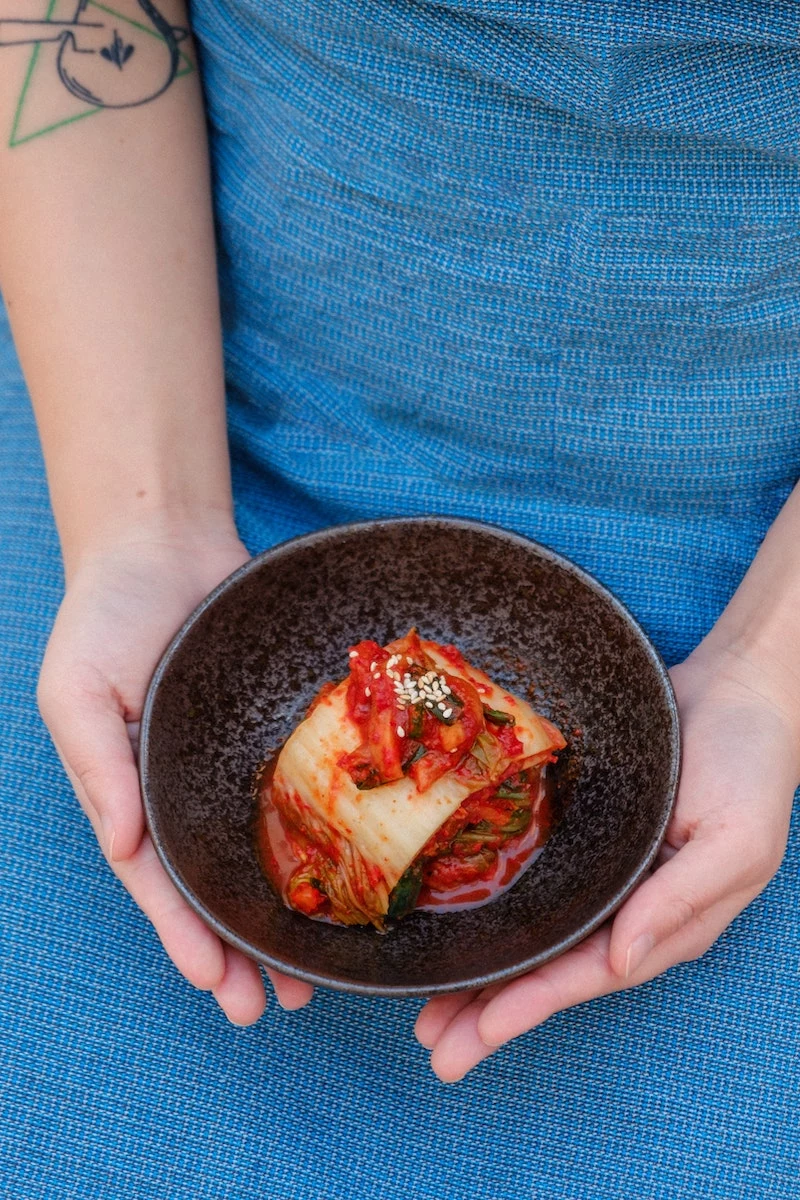
Long-Term Strategy: Building a Bloat-Proof Gut
Immediate relief is great, but preventing bloating in the first place is the real win. This means getting smart about your diet. I’ve seen so many people try to “eat healthy” by suddenly loading up on raw salads and beans, only to feel more bloated than ever.
The Fiber Conundrum
Here’s the thing: fiber is crucial, but not all fiber is the same. There’s insoluble fiber (the “roughage” in raw veggies and bran) and soluble fiber (the gel-like stuff in oats and apples). Some types of soluble fiber are highly fermentable, meaning they’re a five-star buffet for your gas-producing gut bacteria.
My advice? Always, ALWAYS increase your fiber intake slowly. Let your gut adapt. A common mistake I see is going from zero to a giant raw kale smoothie. I had a client who did exactly that and felt terrible. We swapped it for a smoothie with cooked spinach, a banana, and a scoop of psyllium, and it made all the difference. Start with less gassy sources like oatmeal and cooked carrots, and always drink plenty of water to help the fiber do its job.
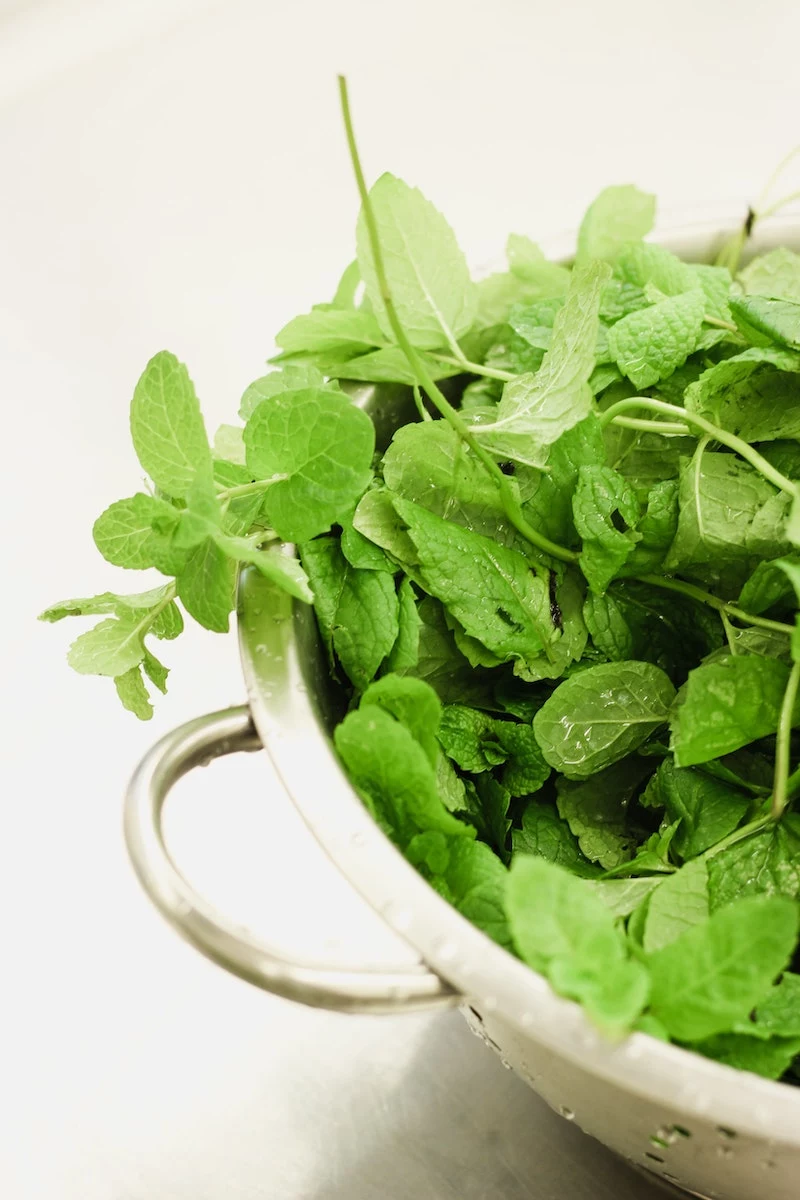
Decoding FODMAPs (Without the Freakout)
If you have chronic bloating, you need to know about FODMAPs. It’s a science-y acronym for a group of carbs that are poorly absorbed and rapidly fermented in the gut. For many people, these are the primary culprits.
High-FODMAP foods include things like onions, garlic, wheat, beans, milk, honey, and apples. A temporary low-FODMAP diet can be a life-changing diagnostic tool. It’s a three-step process: you eliminate high-FODMAP foods for a few weeks, then you strategically reintroduce them one by one to see which ones are your personal triggers.
Lesser-known trick: Flavor without Fear! People panic when they hear “no onion or garlic.” But you don’t have to live on bland food. You can use the green tops of scallions or chives for a mild onion flavor. For garlic, use garlic-infused oil. The problematic FODMAPs aren’t oil-soluble, so you get all the flavor without the bloat. You can buy it or make your own easily. This is a total game-changer.
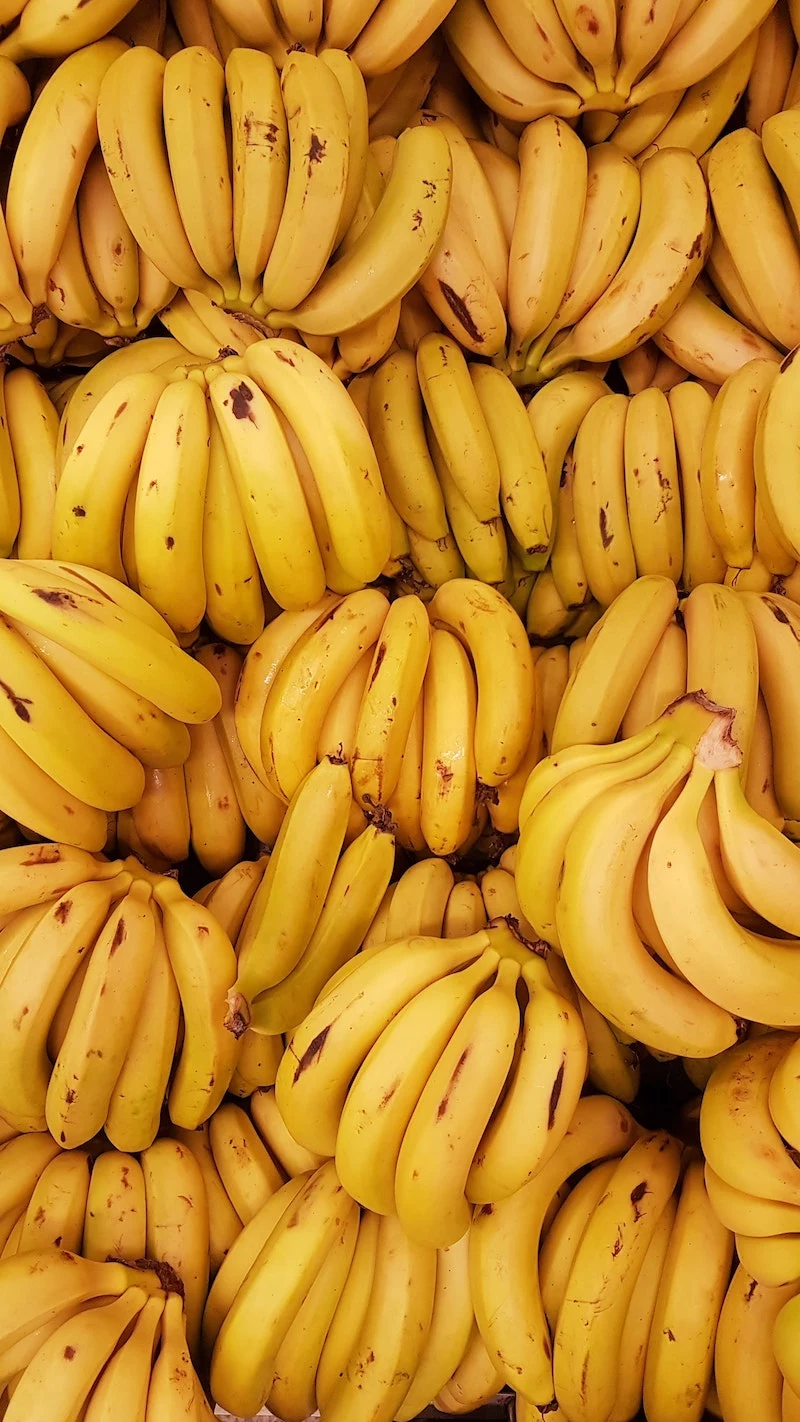
One very important note: A low-FODMAP diet is not a forever diet. It’s best done with a pro to make sure you do it right and don’t harm your gut microbiome long-term.
Helpful Aids: Supplements, Herbs, and Pro Tips
The wellness aisle is packed with digestive aids. Some are great, some are hype. Here’s my honest take.
- Peppermint Oil Capsules: This is one of the best-researched options for bloating. It helps relax the gut muscles, letting gas pass. Look for “enteric-coated” capsules. This ensures the oil gets to your intestines where it’s needed. A month’s supply usually runs between $15 and $25. A word of caution: if you have acid reflux (GERD), peppermint can make it worse, so steer clear.
- Probiotics: These can be helpful, but they aren’t a magic pill. Some strains have been shown to help, but for some people, especially if they have an underlying issue like SIBO, adding more bacteria can make things worse at first. If you try one, give it at least a month. Good ones can cost anywhere from $20 to $50. Quick tip: Look for a brand with a third-party testing seal, like NSF or USP, on the label. That means an independent group has verified its quality.
- Herbal Teas: Don’t underestimate the power of a simple cup of tea. Fennel and caraway are traditional remedies known for their anti-spasmodic properties, helping to calm a gassy gut.
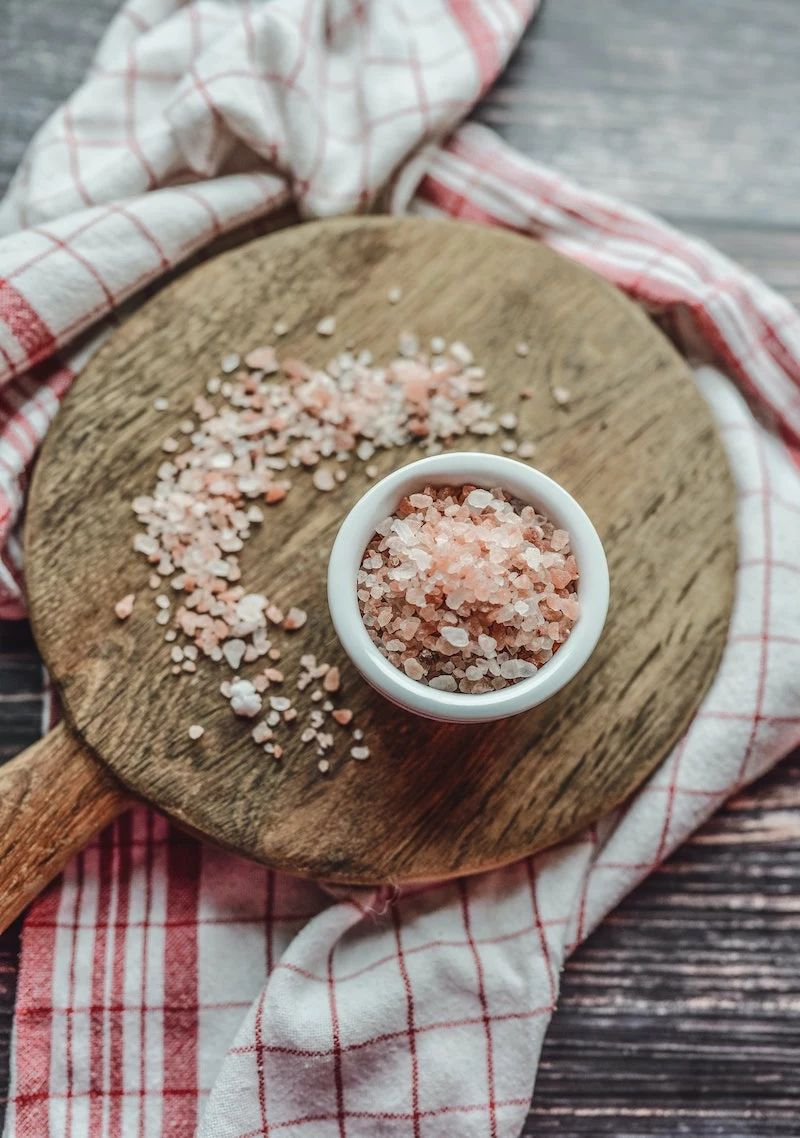
Common Pitfalls & Pro Solutions
It’s easy to get tripped up on this journey. Here are a couple of common problems I see:
Pitfall: “I started a low-FODMAP diet and now I’m super constipated!”
Solution: This is incredibly common! You’ve likely cut out many of your usual fiber sources. Make sure you’re intentionally adding in low-FODMAP fiber like oatmeal, kiwi fruit, or a psyllium husk supplement (you can get a big bag for about $10-$15 at most grocery stores). And drink tons of water!
Pitfall: “I took a probiotic and my bloating got even worse!”
Solution: This can happen. It might be the wrong strain for you, or it could be a sign of Small Intestinal Bacterial Overgrowth (SIBO). Stop taking it and consider talking to a doctor about getting tested for SIBO before trying another probiotic.
When Bloating Is a Red Flag: Please See a Doctor
This is probably the most important part of this whole conversation. While most bloating is benign, it can sometimes be a sign of a more serious medical condition that needs to be checked out.

Please, hear me on this: Get in touch with a doctor if your bloating is persistent and comes with any of these red flags:
- Unexplained weight loss
- Severe or constant abdominal pain
- Blood in your stool (which can look red or black)
- Chronic diarrhea or constipation
- Fever or vomiting
- Feeling full almost immediately after you start eating
- Bloating that is steadily getting worse over time
These can be signs of conditions like Celiac Disease, Inflammatory Bowel Disease (IBD), SIBO, or in very rare cases, certain cancers. Don’t try to self-diagnose. Getting a proper diagnosis is the critical first step.
Tackling bloating is a journey of becoming a detective for your own body. It takes patience and paying attention to your food, stress, and habits. But by understanding what’s going on and using these strategies, you really can find lasting relief. It’s absolutely worth the effort.
Inspirational Gallery
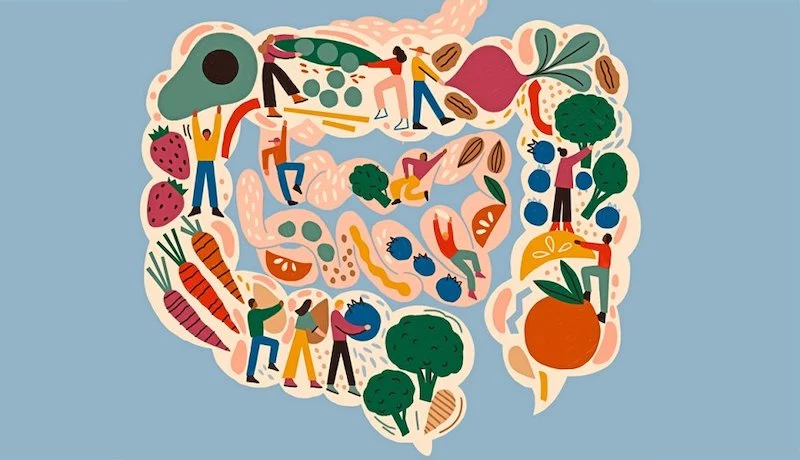
What’s the real difference between probiotic supplements?
It’s all about the strains. Think of probiotic bacteria like dog breeds—they’re all dogs, but a Chihuahua and a Great Dane have very different functions. For bloating, look for specific, clinically-studied strains. For instance, the Lactobacillus plantarum 299v strain (found in products like Jarrow Formulas’ Ideal Bowel Support) has been shown to specifically target and reduce abdominal gas. Meanwhile, Bifidobacterium infantis 35624, the star in Align Probiotic, is renowned for its ability to soothe the gut lining and manage overall IBS symptoms, including bloating. Don’t just grab any bottle; check the label for the exact strain that matches your primary complaint.










